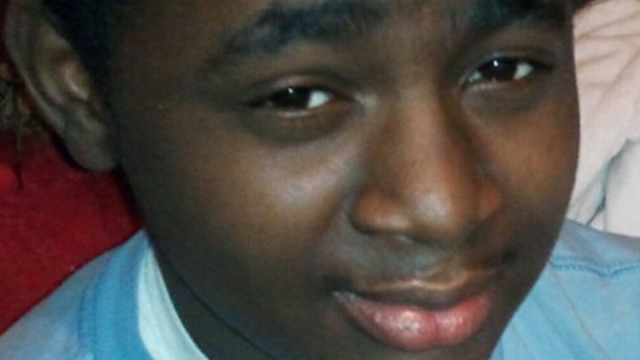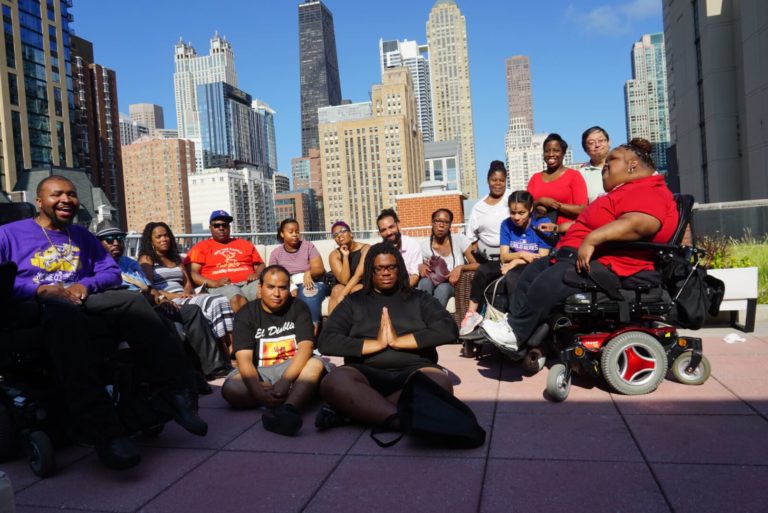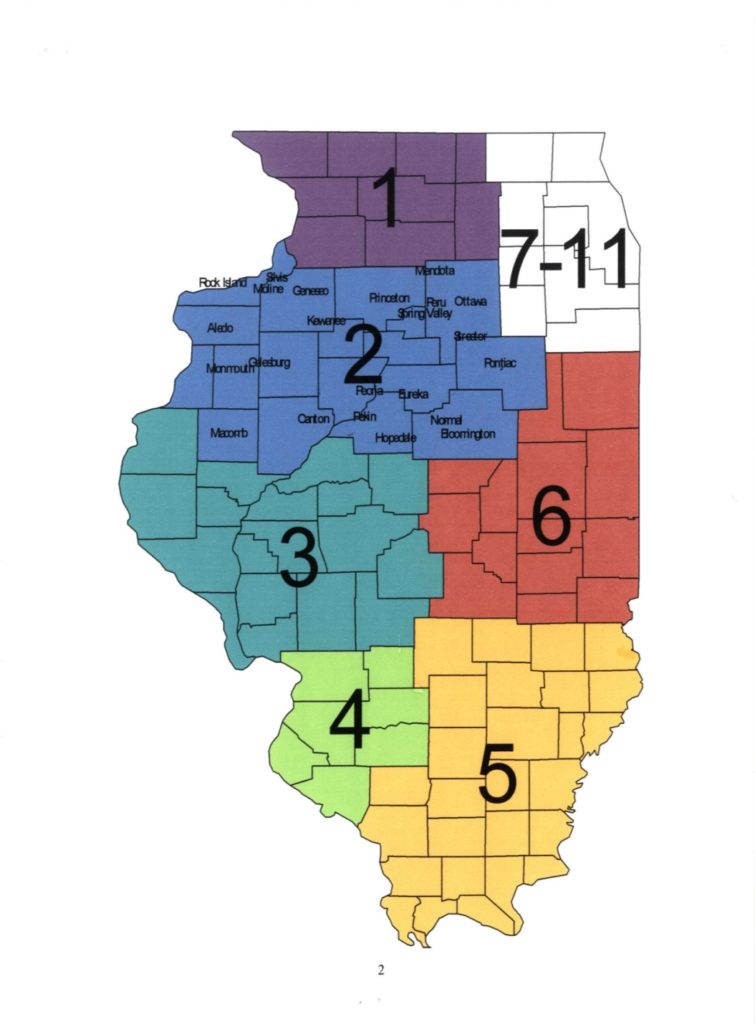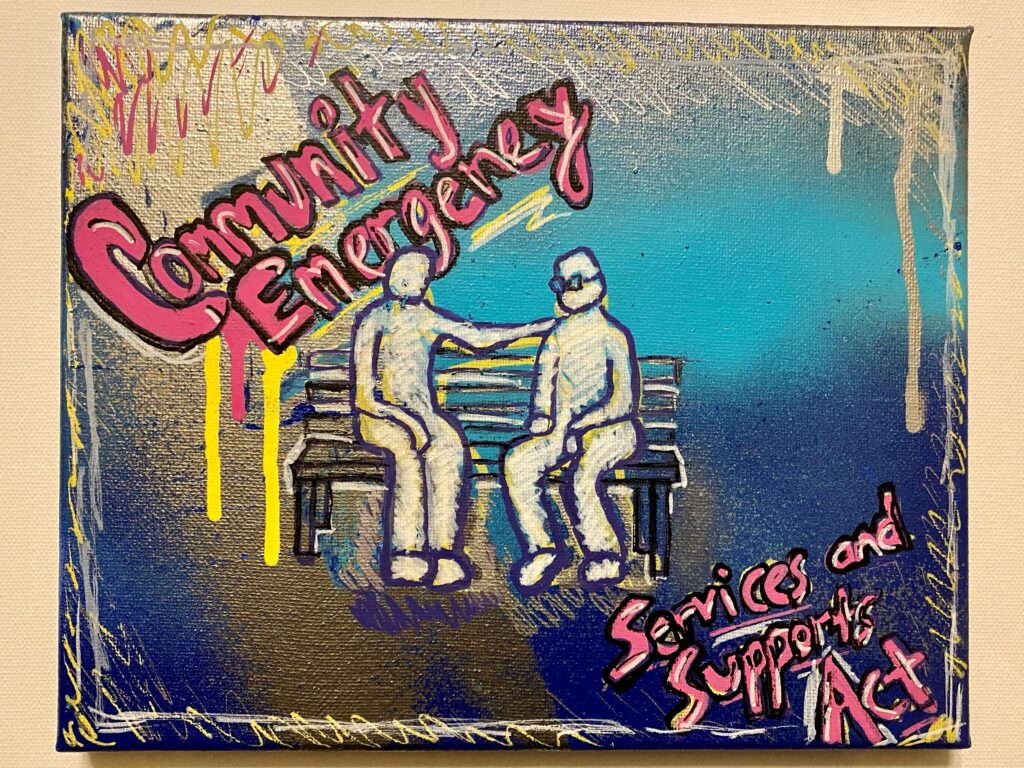On February 2, 2012, in Calumet City, IL, Calumet City police were called to handle a mental health crisis. Five officers responded to the scene. An autistic boy had got into a tussle with his father. The child’s own doctor’s advised calling the police if he became agitated. By the time police left, the boy was dead: shot by an officer.

Stephan Watts, a 15-year old boy with Asperger’s Syndrome, had told his father Stevon Watts he didn’t want to go to school that Wednesday morning.
When police arrived, they forced themselves in to perform a “welfare check.” They went downstairs were Stephon was attempting to get into the locked room with his gaming computer. He had a small butter-knife he was using to pick the lock.
The killing was ruled later ruled to be justified by Cook County State’s Attorney Anita Alveraz. All 82 of Calumet City’s police force had taken a training the year prior regarding how to interact with autistic individuals. Both Officers Coffey and Hynek later testified in a deposition that they had received autism-related training just once in the six and 17 years, respectively, they’d been on the force before Stephon’s death.
In response to this tragedy, the idea of CESSA was sparked. CESSA stands for the Community Emergency Services & Support Act.
“That was the catalyst for us to recognize is just not helpful for people with disabilities to send police; it’s not helpful for those in crises,” says Candace Coleman, racial justice coordinator for the disability-rights organization Access Living. “When we first started thinking about what’s known now as CESSA, we were fumbling between do we do an education campaign where we educate emergency responders like police. Come to find out that was already happening, so that wasn’t solving the problem.”

The push to get CESSA implemented was led by Access Living and Advance Your Leadership Power (AYLP), a group of disabled activists that use their own lived experience to advocate on behalf of disabled people.

According to Access Living’s research:
- 10% of 911 calls in Illinois request help with a mental or behavioral health emergency.
- Since Illinois lacks a coordinated health care response service, 911 can only dispatch law enforcement.
- Law enforcement practices focusing on “command and control” of a location actually makes many of these emergencies worse.
- Law enforcement skills are rarely needed as people with mental illness are less likely to be violent than people without such a diagnosis.
- Law enforcement is generally compelled to hospitalize or jail people needing this service, but 90% of people do not need such an invasive and costly response.
These organizers recognized their was a need for an alternative to police-response for a mental & behavioral health crisis.
The mobile response service proposed by CESSA is based on the Crisis Action Helping Out On The Streets (CAHOOTS) model that has operated in Eugene, Oregon for decades. CAHOOTS dispatches teams of medics (either a nurse or an EMT) and a crisis worker (who has at least several years of experience in the mental health field) to calls requesting help for mental and behavioral health emergencies.
CESSA aims to do the same by creating alternative responder units throughout Illinois. CESSA addresses the health needs of people who are not violent and who are not violating the law by sending support instead of police.
There is a bias against mental health compared to physical health. The response to physical health crisis is a healthcare response, while oftentimes a response to a mental health crisis is criminalized. This is shown by the fact for many municipalities their county jail is the number one provider of mental health services. To counteract this thinking, CESSA states:
“The General Assembly finds that in order to promote and protect the health, safety, and welfare of the public, it is necessary and in the public interest to provide transportation, to behavioral health services in a manner that is substantially equivalent to the response provided to individuals who require emergency physical health care. An individual who requires an emergency response to address his or her mental or behavioral health care needs should have the choice of accessing providers trained to address mental or behavioral health crises. Whether an individual experiencing a health emergency receives an appropriate primary occupation is the provision of care and support to
individuals experiencing health crises should not depend on the emergency response, classification of conditions into categories such as physical, mental, or behavioral health. Public welfare is best served when the public has access to substantially equivalent emergency response options for all health crises.”
CESSA draws a new distinction. It says, nonviolent/noncriminal mental & behavioral crisis are NOT threats to public safety, and therefore do not require a police response but a health care response. Just because someone has a diagnosis of mental or behavioral issues does not mean they are a threat to public safety.
Alt-responders are expected to:
- 1) Divert from hospitalization or incarceration.
- 2) Provide on-site care as appropriate.
- 3) Recommend appropriate referrals for additional support.
- 4) Provide transportation to appropriate care settings, as directed by the individual receiving care.
Instead of attempting to command, control or criminalize the situation (which is what is seen from police responses), the goal of alt-responders is to resolve the conflict or crisis occurring in a way that empowers the individual facing said crisis. CESSA stresses against incarcerating or institutionalizing people against their will.
CESSA does NOT train police. In fact, the law explicitly states:
“Prohibition of use of law enforcement for emergency response or transportation. In any jurisdiction that provides a system for emergency response for individuals with physical health needs that is distinct from the jurisdiction’s law enforcement personnel, law enforcement shall not be used to provide emergency response for an individual when an individual only requires on-site emergency mental or behavioral health care, transportation to access health care, or travel between health care providers, except where available.”
At the same time, CESSA does not prohibit communication between alt-responders and police or the 911 system. Police are allowed to be present in the area of the crisis out of site or around the corner. This will allow them to quickly respond if the crisis team on the scene believes they require police back-up. But, what is critical here is that the first response on the scene of a mental or behavioral health crisis is a health care response. The healthcare workers are the ones with authority of the scene, and they are responsible for determining whether there is a threat to public safety or not.
CESSA was passed unanimously by both houses of the Illinois Legislature in 2021 and signed into law by Governor J.B. Pritzker in August of the same year.
How will these alt-responders function under CESSA?
The Illinois Department of Human Services Division of Mental Health shall create Emergency Response Equity Committees in each of the twelve Emergency Medical Services (EMS) response region.

This will allow each geographic region to develop their own plans for alt-responders based on the resources available in their own communities.
- Provide guidance to emergency services for prioritizing calls for assistance and setting the standards for appropriate response times for care required.
- Set appropriate training requirements and staffing minimums for mobile mental health responders, including training in de-escalation, in local community services and supports, and in respectful interaction with people experiencing a mental/behavioral health crisis. Also, requires training from individuals with lived experience.
- Adopt guidelines directing when referral to a restrictive care setting is appropriate.
- Specify regional best practices.
It is these EMS regions under the supervision of the Division of Mental Health that will develop and regulate the actions of alt-responders in various communities, not local police departments.
